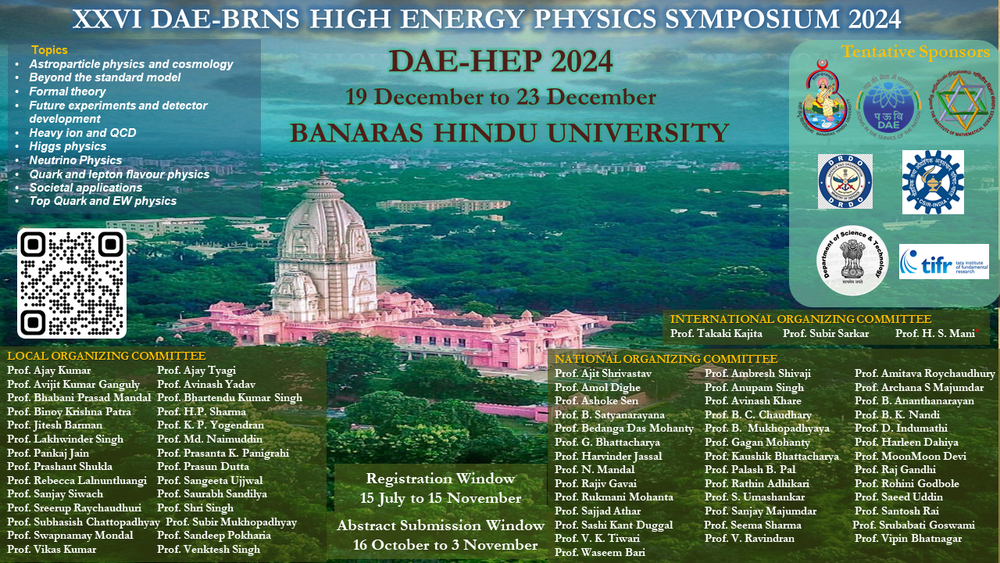Speaker
Description
We have calculated the charge and heat transport coefficients of a hot QCD medium by solving the relativistic Boltzmann transport equation in the Bhatnagar-Gross-Krook (BGK) model with a modified collision integral
in the weak magnetic field regime. The modified collision integral with the instantaneous particle number conservation enhances charge and heat transport phenomena, as evidenced by the increased values of the transport coefficients, such as the electrical conductivity, the Hall conductivity, the thermal conductivity and the Hall-type thermal conductivity, in comparison to the relaxation collision integral. We have also carried out a comparative analysis of the aforementioned transport coefficients in both weak and strong magnetic fields, indicating a significant reduction in the weak magnetic field case within the BGK model. Additionally, some observables associated with the aforementioned transport coefficients, such as the Knudsen number describing the validity of the local equilibrium property of the medium and the Lorenz number elucidating the correlation between the heat flow and the charge flow through the Wiedemann-Franz law, are explored in the presence of both weak magnetic field and finite chemical potential. We have observed from the behavior of the Knudsen number that the medium at finite chemical potential remains in the local equilibrium in the weak magnetic field regime. Further, the Lorenz number exhibits a rising trend at low temperatures, showing a violation of the Wiedemann-Franz law, whereas at high temperatures, it gets saturated for a weakly magnetized hot QCD medium at finite density. Since the Lorenz number stays greater than unity, it
suggests that the thermal conductivity dominates over the electrical conductivity in the aforesaid regime.
| Field of contribution | Phenomenology |
|---|

